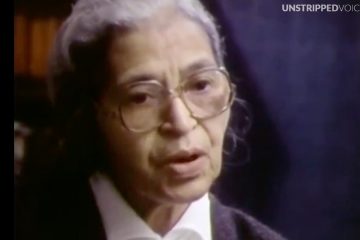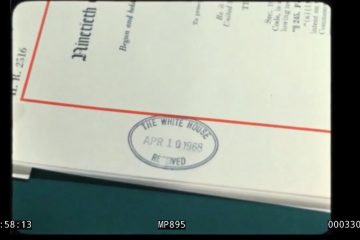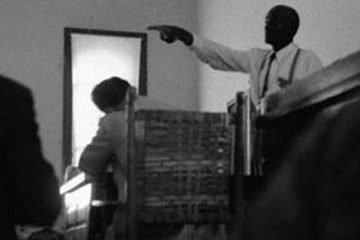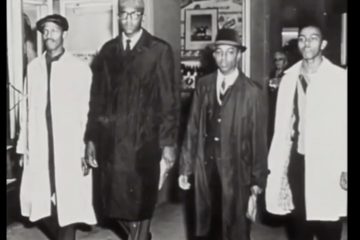How Civil Disobedience Helps Overcome Oppression: Part 12
“Voting Was Included in Civil Rights”
In a great example of how Civil Disobedience helps overcome oppression, we take you to Selma, Alabama. In 1961, Dallas County (in Selma) was 57% Black, but less than 1% were registered to vote.
Every time local activists did a voter registration drive, the KKK, White Citizens’ Council, or state and local officials either beat them, took away their jobs, called for boycotts of Black-owned businesses, or evicted them.
So there was little hope for change until the student-led SNCC showed up in 1963 to do a voter-registration drive. After a few more attempts at voter registrations (including one attended by James Baldwin and Dick Gregory), more people were arrested.
Eventually, in July 1964, an Alabama court judge forbid gatherings of 3 or more people when dealing with Civil Rights Organizations — or even talking about Civil Rights — in the city.
As a result, some in Selma called for Dr. King’s and SCLC’s assistance to bring national attention to what’s going on in Selma. Despite the “beef” between the older SCLC and the college students SNCC, they worked together to defeat the enemy of segregation.
SCLC and SNCC tried to get Selma residents to vote at the courthouse steps. SCLC leader C.T. Vivian even referred to Selma Sheriff’s Jim Clark as “Hitler” and his officers as “Nazis”, which caused Clark to strike Vivian in the face and bloody him.
A few weeks later, C.T. Vivian led a nighttime courthouse march in nearby Marion county, and the cops really wanted Vivian’s head. Instead, a cop killed Jimmie Lee Jackson, a protester protecting his mother.
As a result, SNCC members were very upset and wanted a violent confrontation. To counter, SCLC strategist James Bevel proposed a 54-mile march from Selma to Montgomery as a way to release some steam, and also attract media attention back to the “central issue”, which was voting rights.
This was a method Bevel took from Mahatma Gandhi’s 1930 multi-week “Salt March” that focused the issue on British unjust rule over India’s salt — bringing Gandhi’s profile to the global stage.
And the rest was history for Selma, and America. The voting act was signed in mid 1965, allowing everyone to vote regardless of race. (For the former incarcerated, that’s a different story, however).
View Part 13 here.
View Part 11 here.
—
**About this series:
We’re showing a multi-part series on how CIVIL DISOBEDIENCE has been the main catalyst that has overcome oppression in the U.S.













